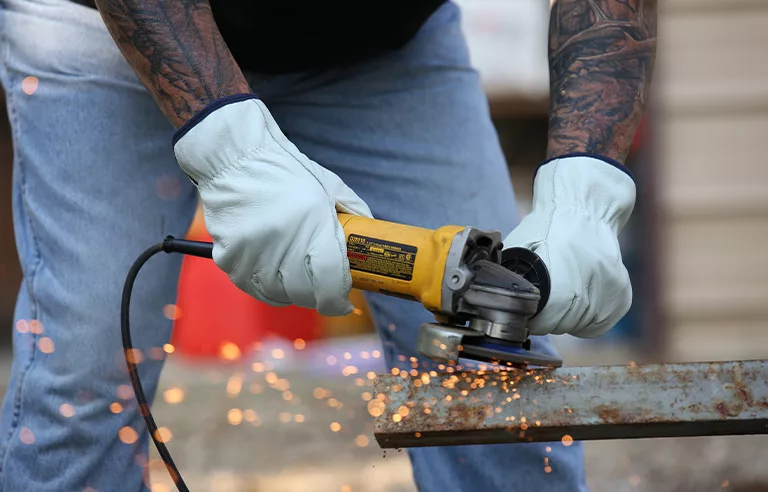What’s the best way to manage employees who refuse to wear hand protection?

Responding is Kyle Pacelli, product category manager, Pyramex, Memphis, TN.
When a worker refuses to wear hand protection, it can be a challenging moment for any safety manager. It’s easy to get frustrated and jump straight to disciplinary action, but a more effective and sustainable approach is to first understand the root cause of the resistance. By identifying the “why,” you can implement a targeted solution that not only resolves the immediate issue but strengthens your overall safety culture and creates worker buy-in that their safety matters.
Proactive problem-solving
Before you can solve the problem, you must understand the employee’s perspective. Start a dialogue to uncover the reason behind the refusal. The answer is rarely a simple act of defiance; it’s often rooted in a practical concern. Is the equipment uncomfortable, ill-fitting or a poor choice for the task at hand? Maybe the gloves are too bulky, making it hard to perform intricate work, or they cause skin irritation. Another common reason is a simple lack of understanding. The employee may not fully grasp the specific risks they’re exposed to or might believe that for a “quick job,” protection isn’t necessary. Sometimes, the issue is a failure in the training process itself: The employee may not have been taught how to properly wear, care for or inspect their personal protective equipment. Finally, consider if there’s any medical accommodation needed, such as an allergy to latex or a requirement for a specific type of fabric.
Once you know the reason, you can address it directly. The goal is to make using PPE the path of least resistance. Involve employees in the selection process of new gear. Allowing them to assess different materials, sizes and styles gives them a sense of ownership and ensures the PPE is a good fit. Reinforce training with practical, hands-on sessions. Don’t just tell them to wear gloves – explain the “why” by sharing real-world examples or case studies of injuries that could have been prevented. Lead by example. If managers and supervisors consistently wear the required hand protection, it sends a clear message that safety is a top priority for everyone, from the front line to the corner office.
Enforcing policy
If, after taking all proactive measures, an employee still refuses to comply, it’s time to enforce the company policy. Your company should have a clear, written PPE policy that every employee has acknowledged. This document is your foundation. Start with a documented verbal warning, which serves as a formal record of the conversation and reiterates the policy. If the noncompliance continues, move to a formal written reprimand that details the violation and outlines the consequences of further refusal.
For continued, willful disregard of a known safety policy, you have grounds for more serious action, including temporary suspension or even termination. Although this is a last resort, it’s a necessary step to protect your entire team. From a legal standpoint, OSHA requires employers to not only provide necessary PPE but also ensure its correct use. Failing to enforce PPE use can lead to significant fines and legal liability for the employer if a worker is injured.
Ultimately, your goal is to build a safety-first mindset where employees see PPE not as a barrier, but as a vital tool for protecting their own well-being.
McCraren Compliance offers many opportunities in safety training to help circumvent accidents. Please take a moment to visit our calendar of classes to see what we can do to help your safety measures from training to consulting.
Original article published by Safety+Health an NSC publication